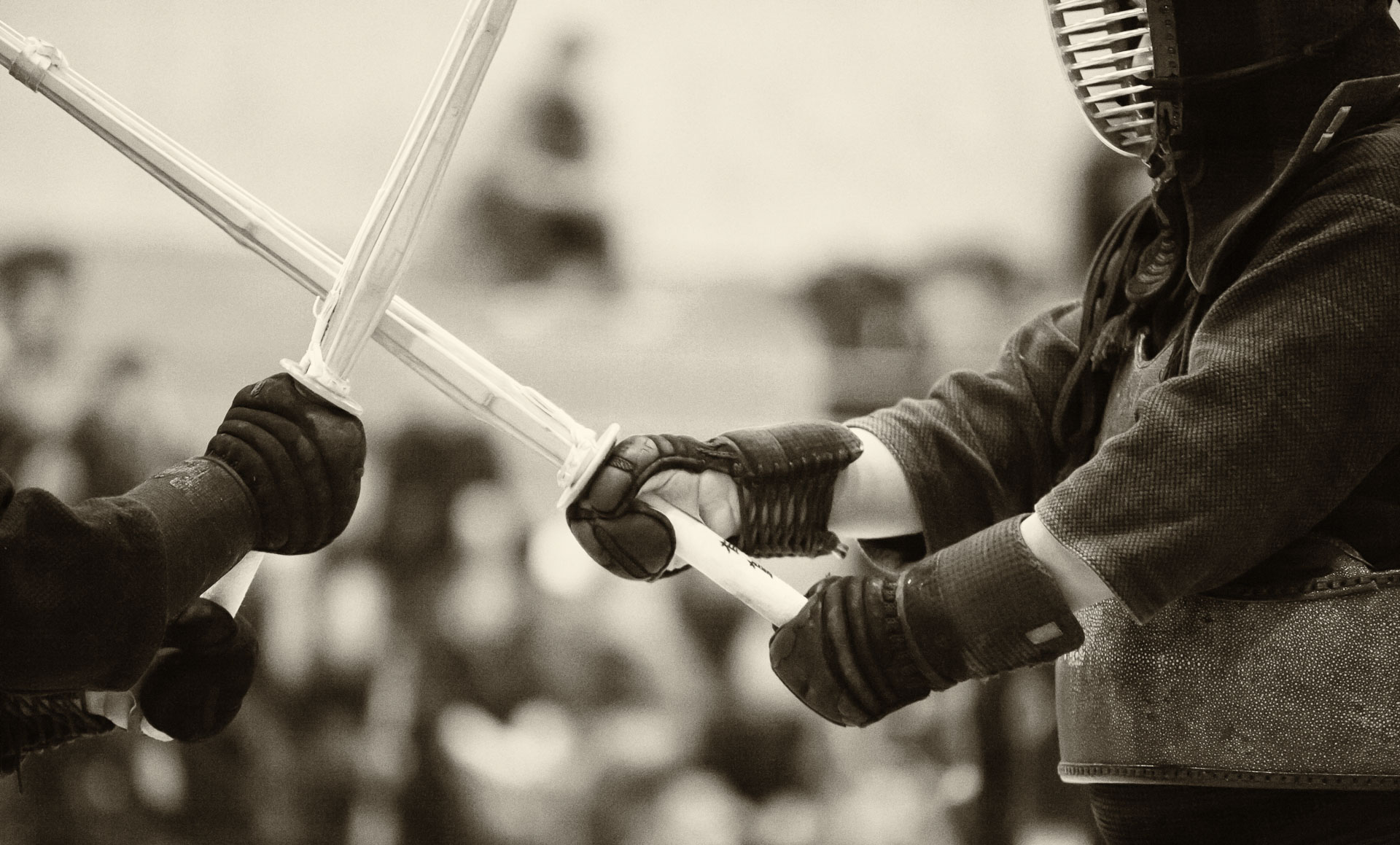
Fluorescent painting is a relatively new medium that is rapidly gaining popularity. With it, artists no longer have to rely on reflected fight, but can augment the viewer’s experience by using UV-activated fluorescence of certain pigments. By itself, the effect is not new: after all, we are all familiar with electro-luminescence of computer screen. But as I found out after visiting an exhibit of a local artist a couple of weeks ago, seeing a fluorescent canvas up close is different from viewing picture on an LED screen. Below is a blog post that I wrote for The Black Light Magazine after the show.

 Jack Clift (instagram.com/jackclift) spends hours doing calculations and measurements to ensure that perspective is correct in his Tron
Jack Clift (instagram.com/jackclift) spends hours doing calculations and measurements to ensure that perspective is correct in his Tron -inspired 3D landscapes. After the grid that defines the planes is laid down, he uses pens filled with fluorescent paint to trace the lines. The uniform width and the narrow-band fluorescent colors convey the sense of virtual, artificially-generated environments.
-inspired 3D landscapes. After the grid that defines the planes is laid down, he uses pens filled with fluorescent paint to trace the lines. The uniform width and the narrow-band fluorescent colors convey the sense of virtual, artificially-generated environments.
It is not surprising that Jack’s rendering of computer-generated worlds involves substantial amount of calculations. After all, it is the pattern of computational precision that we, as viewers, recognize in his wireframe landscapes. What I found most interesting, though, is the subtle contrast between the “digital” nature of the subjects and the “analog” painting technique, which becomes apparent upon close examination of Jack’s canvases. Tiny imperfections of the canvas fibers affect how the paint glows under ultraviolet (UV) light, and this texture adds a unique and interesting dimension to the paintings.
At the exhibit that we attended a couple of weeks ago, the paintings were lit by relatively broad-band LED lights, which shed a significant amount of visible (blue) light on the paintings, in addition to UV light, which is essential for activating the fluorescent paint and creating the glow-in-the-dark effect. Having some visible light was helpful not only for navigating the otherwise dark gallery, but also for highlighting the texture and making the experience of the paintings more interactive and immediate than viewing a computer-generated image would. In other words, while the computer-like precision was the unifying theme, it is the strategic lack of perfection, both in the media and the lighting, that added the human touch to the paintings.

As her requests become more detailed, I have been thinking about what makes a good cartoon or children’s book character. Among other things, I think that it is the sparingness of the details and the strategic use of negative space, in the broad sense. The viewers are allowed substantial freedom to fill in parts of the characters, the scenes and even the storyline for themselves. There is a fine line between providing the children with enough details to feed their imagination and over-defining the rules of the game (because, as I am finding out, nearly everything is a game for a four-year-old).



































